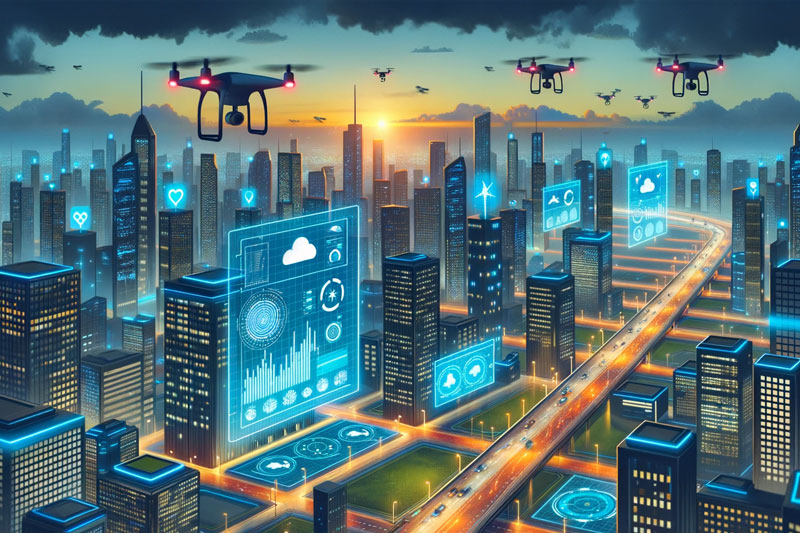Predictive analytics may seem like a new technological concept, but there’s one area where we have been participating in the practice for decades, if not centuries. Weather forecasts are a form of predictive analytics that everyone can understand – but as with analytics in any other area, the forecasts are only as good as the data informing them.
Here’s a look at how weather data is collected, how one company is taking steps to try to modernize that approach with new technology, and how your organization can use the same approach with your data.
Weather data
In some ways, data-gathering with weather isn’t all that different today than it was hundreds of years ago. It is not uncommon to see weather recorded in letters or journals from the 1700s and 1800s. Benjamin Franklin famously experimented with weather, and was known to compare weather observations in letters he received from other colonies.
NASA reports that today, when it comes to temperature measurements, “A surprisingly large number of U.S. measurements are still made by volunteer weather watchers.” Perhaps less surprisingly, weather data as a whole can be immense, and it is collected in a variety of ways. According to NASA, tools include weather stations, weather balloons, radars, ships and buoys, and satellites.
Still, forecasts can be erratic, depending on when that data is processed.

Using artificial intelligence (AI) in weather
Certain businesses rely more heavily on a weather forecast than others. Airlines and professional sports, for example, see their schedules turned upside down due to major weather events. On a smaller scale, restaurants can make menu decisions based on exact temperature information.
Tomorrow.io claims that its forecasts are better than others by 38% because of its artificial intelligence, which the company calls “Gale.” The company’s clients include the National Football League and Delta, as well as Live Nation, which can use the information to determine whether there is lightning threatening a show. The U.S. Open uses the technology to determine whether or not to keep the stadium roof open for a tennis match.
The company is investing in more satellites that can more quickly gather data from the entire planet. With AI, they can turn that data into actionable insights, such as “stop the trains at mile marker twenty-seven, Thursday, at one o’clock,” as the company’s chief marketing officer told The New Yorker. It can also be as simple as telling you when is a good time to take your dog for a walk, which its free app does.
What it means for you
While weather affects everyone, granular atmospheric information isn’t what dictates success for all businesses. The same type of approach to data, though, can be what sets your organization apart from the competition.
In the same way artificial intelligence can be used to turn hundreds of millions of weather data points into information that can be acted upon by various stakeholders, your organization can use the technology to process the data that matters to you.
It is important to find the right analytics solution – one that will work with you to get the answers to the questions your company needs. Weather can factor into the success of a company that relies on the supply chain, for instance, but a solution that is flexible can also give you product sourcing, location data, and cost. With that information an organization can look for opportunities for improvement that can impact the bottom line.
Some organizations can get overwhelmed by data. It is important to figure out what information will most benefit the company and use that as a guideline to act. Consulting everyone involved will make everyone involved feel a part of the data-gathering process. And the best part is you don’t have to wait for a rainy day to do all this…but if you do, data can also help you get a more accurate forecast.
- What Data Can Bring to California’s Investment in its Ports - July 25, 2024
- Unlocking the Power of Data in the Utilities Industry - July 18, 2024
- How Analytics Can Help Your Wholesale Nursery Grow - July 17, 2024




